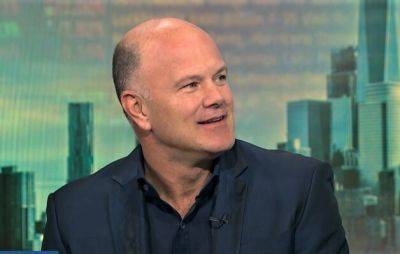There’s another invisible injustice for working women – the gender pension gap
T he reality of a gender pay gap – where women are paid less than men for similar work – is well known. Much less well known is the gender pension gap – a gap in retirement outcomes between men and women.
Outside the state pension, pensions come in roughly two forms, private and workplace, and women are being let down in both areas. The trade union Prospect estimates that the percentage difference in retirement income for females and males between 2020-21 is 40.5%. That’s significantly larger than the gender pay gap, which came in at around 15.4% in 2021. A report from the Pensions Policy Institute states that by their 60s, the median women’s pension wealth is £51,100. Men have more than triple the wealth at nearly £156,500.
The reason for this is that women are more likely to take home smaller pay packets and take time away from work.People are eligible for automatic enrolment if they earn more than £10,000 a year, but evidence from the Association of British Insurers suggests that women form three-quarters of those excluded from automatic enrolment because they earn below this threshold. This is where the gender pay gap seeps into the gender pension gap.
Outside work, women do the bulk of unpaid caring in society, whether this is looking after small children or looking after family members who are ill. As a result, women are more likely to work part-time. Data from the Office for National Statistics for 2022 reveals that 38% of women were in part-time employment compared with 14% of men.
Engagement with the labour force is, however, not the full story. Many women will take time out of work while their partners continue in full-time employment, but if marriages break down they do not usually receive a percentage of their
Read more on theguardian.com

 theguardian.com
theguardian.com















